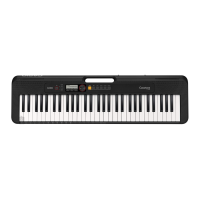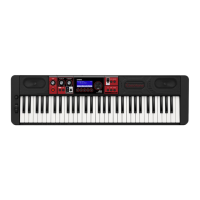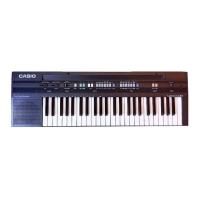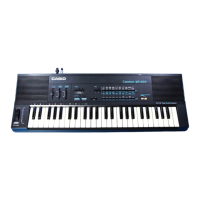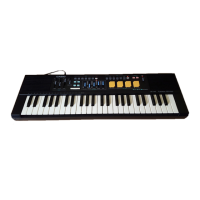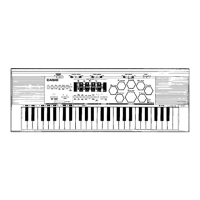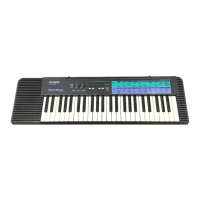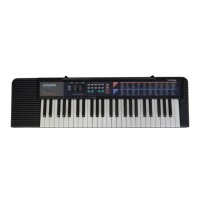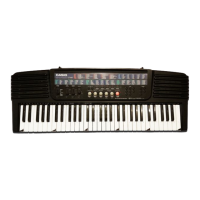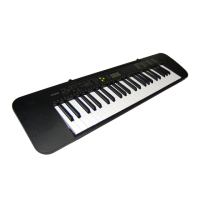EN
CTS200-E-2A
USER’S GUIDE
CT
-
S200
Preparing a Power Supply Turning Power On or Off Connecting Headphones
(Sold Separately)
Connecting a Pedal
(Sold Separately)
Selecting a Musical
Instrument Tone
Changing the Pitch in
Semitone Steps (Transpose)
Fine Tuning Pitch (Tuning) Using the SUSTAIN Button
Saving and Loading
Instrument Settings
(MY SETUP)
Playing a Built-in Song Playing in the Dance Music
Mode
Using a Dance Music Voice
Playing with a Rhythm
Backing
Linking with a Smart Device
(APP Function)
Configuring Function Settings
Cove
